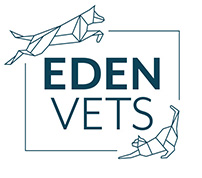Routine opening hours for non-urgent case are Monday to Friday 8:30am – 6:30pm
CT Scanning
CT is a computerised continuous x-ray imaging procedure that generates cross-sectional images or ‘slices’ of the body. Powerful computers use complex software to digitally ‘stack’ these images together to form a 3D image of the patient that we can accurately recognise and interpret. Unlike plain x-ray, a CT scan can differentiate between different types of soft tissue and thus can be used in the investigation of a wide array of conditions. With the administration of an intravenous contrast agent a ‘Contrast CT’ can detect subtle regions of pathology for example in the assessment of metastatic cancers.
CT scanning is most often used for examining:
CT has revolutionised the way the veterinary profession looks at problems within complicated joints such as the elbow, for example.
For more information on our MRI Scanning services please click below
CT Scanning
CT is a computerised continuous x-ray imaging procedure that generates cross-sectional images or ‘slices’ of the body. Powerful computers use complex software to digitally ‘stack’ these images together to form a 3D image of the patient that we can accurately recognise and interpret. Unlike plain x-ray, a CT scan can differentiate between different types of soft tissue and thus can be used in the investigation of a wide array of conditions. With the administration of an intravenous contrast agent a ‘Contrast CT’ can detect subtle regions of pathology for example in the assessment of metastatic cancers.
CT scanning is most often used for examining:
CT has revolutionised the way the veterinary profession looks at problems within complicated joints such as the elbow, for example.
For more information on our MRI Scanning services please click below
